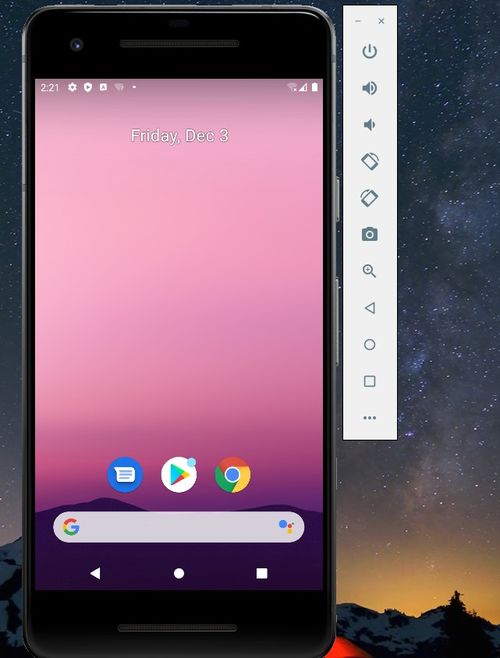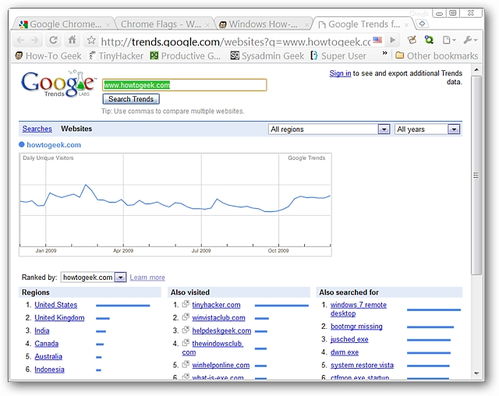Are you looking to expand your online presence and reach a wider audience? Google Ads, previously known as Google AdWords, is a powerful tool that can help you achieve just that. In this comprehensive guide, I’ll walk you through the ins and outs of Google Ads, providing you with the knowledge to create effective campaigns and drive results. Let’s dive in!
Understanding Google Ads

Google Ads is an online advertising platform that allows businesses to promote their products and services on Google’s search engine, YouTube, and various other websites. By leveraging this platform, you can target specific audiences, control your budget, and measure the performance of your campaigns.
Creating Your Google Ads Account

Before you can start running ads, you’ll need to create a Google Ads account. Here’s a step-by-step guide to help you get started:
- Go to Google Ads and click on “Start now.”
- Choose your business type and enter your business information.
- Select your payment method, which can be a credit card or PayPal.
- Set up your billing information and confirm your account.
Choosing Your Campaign Type

Google Ads offers various campaign types, each designed to help you achieve specific goals. Here are some of the most common types:
- Search Campaigns: These ads appear on Google’s search engine results page when users search for relevant keywords.
- Display Campaigns: These ads appear on websites and apps that are part of the Google Display Network.
- Shopping Campaigns: These ads showcase your products and appear on Google’s shopping tab when users search for related products.
- Video Campaigns: These ads appear on YouTube and other video platforms.
- App Campaigns: These ads promote your mobile app on Google’s search engine, YouTube, and the Google Play Store.
Setting Your Budget and Bidding Strategy
One of the key aspects of Google Ads is setting your budget and bidding strategy. Here’s what you need to know:
- Budget: Determine how much you’re willing to spend on your campaigns per day, week, or month.
- Bidding Strategy: Decide how you want to bid for ad placements. You can choose from manual bidding, where you set a maximum bid for each keyword, or automated bidding, where Google uses machine learning to optimize your bids for you.
Creating Your Ads
Once you’ve set up your campaign, it’s time to create your ads. Here are some tips to help you craft compelling ads:
- Headline: Write a catchy and relevant headline that captures the attention of your target audience.
- Text: Use concise and persuasive text to convey your message.
- Call-to-Action (CTA): Encourage users to take action, such as visiting your website or calling your business.
Optimizing Your Campaigns
Optimizing your Google Ads campaigns is crucial to achieving success. Here are some tips to help you improve your campaign performance:
- Keyword Research: Identify relevant keywords that your target audience is searching for.
- Ad Extensions: Use ad extensions to provide additional information about your business, such as your phone number, location, and website.
- A/B Testing: Test different versions of your ads to see which ones perform better.
- Analytics: Monitor your campaign performance using Google Ads’ reporting tools to identify areas for improvement.
Measuring Your Results
Measuring the performance of your Google Ads campaigns is essential to understanding their effectiveness. Here are some key metrics to track:
- Click-Through Rate (CTR): The percentage of users who clicked on your ad after seeing it.
- Conversion Rate: The percentage of users who completed a desired action, such as making a purchase or filling



